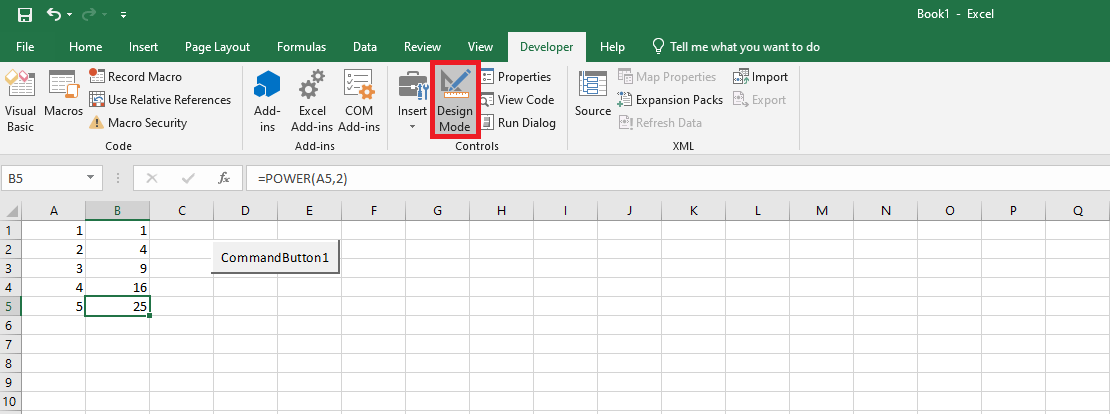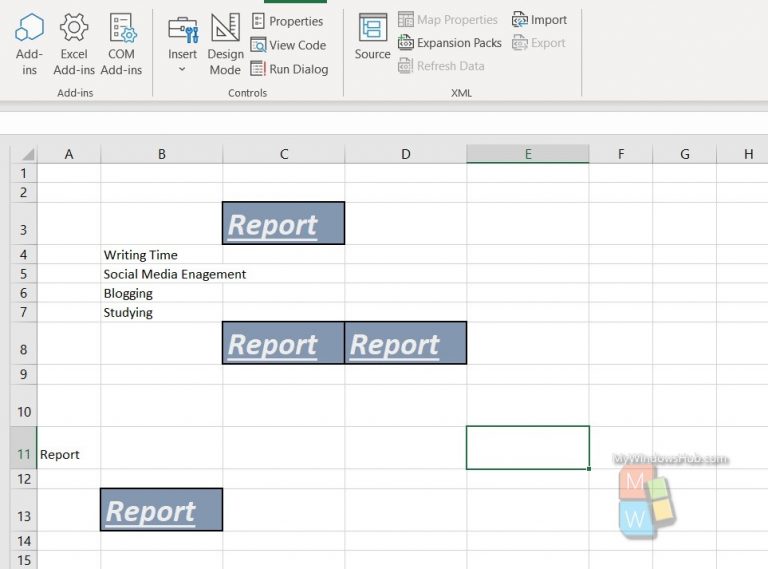

Now let’s write a code to enter data into a text file.
#Writing maros in excel vba tutorial how to
Now ahead we will look at examples for both statements and understand how to write a complete code to write to a text file. Print: With this statement, you can write data to a text file with the exact appearance that you in the Excel worksheet.Write: With this statement, you can write data to a text file where you will have commas between values, quotes around strings, and # signs around dates.There are two statements that you can use to write data to a text file: unicode: Boolean to define whether the file is created as a Unicode or ASCII file (optional).overwrite: Boolean to define if you want to overwrite the file (if already exists) (optional).filename: Path and the name of the file that you want to create.Set myFile = fld.CreateTextFile("C:\Users\Dell\Desktop\myFolder\myTextFile.txt", True)Įnd Sub Syntax for CreateTextFile Method CreateTextFile (filename, ]) Set fld = CreateObject("Scripting.FileSystemObject")

In the end, when you run this macro, create a new text file in the folder, just like the following.In this code, we have used the TRUE to overwrite if there’s already a file with the same name in the folder.After that, you need to create another object use the CreateTextFile method.First, you need to use a FileSystemObject or Folder object to use with the method.This method has a syntax that where you can specify if you want to overwrite the file on the location and specify whether the file is created as a Unicode or ASCII file.

This method allows you to define a location where you want to create it. To create a text using a VBA code, you need to use the CreateTextFile method.


 0 kommentar(er)
0 kommentar(er)
